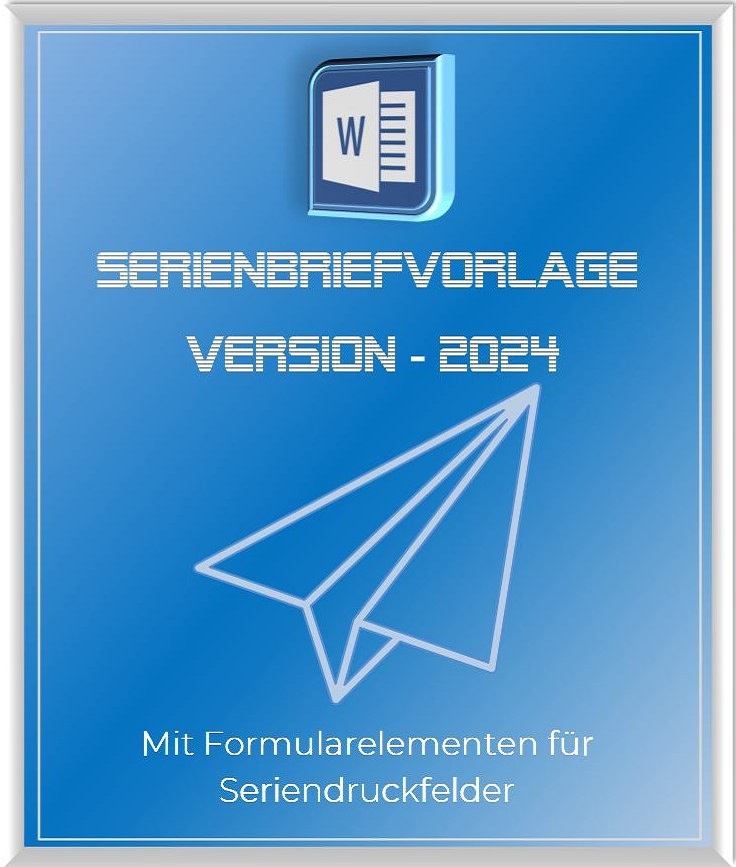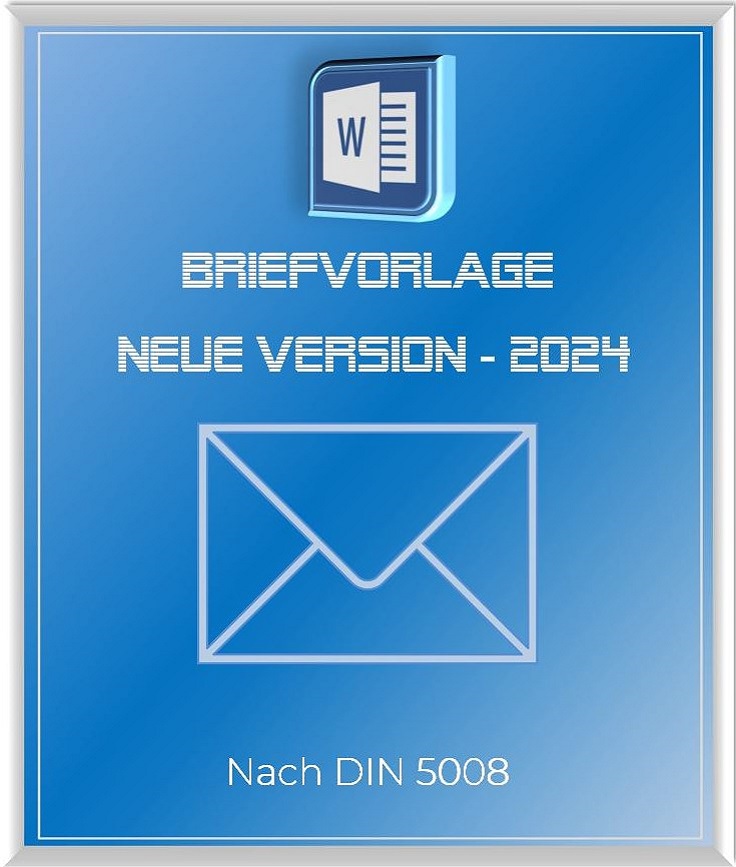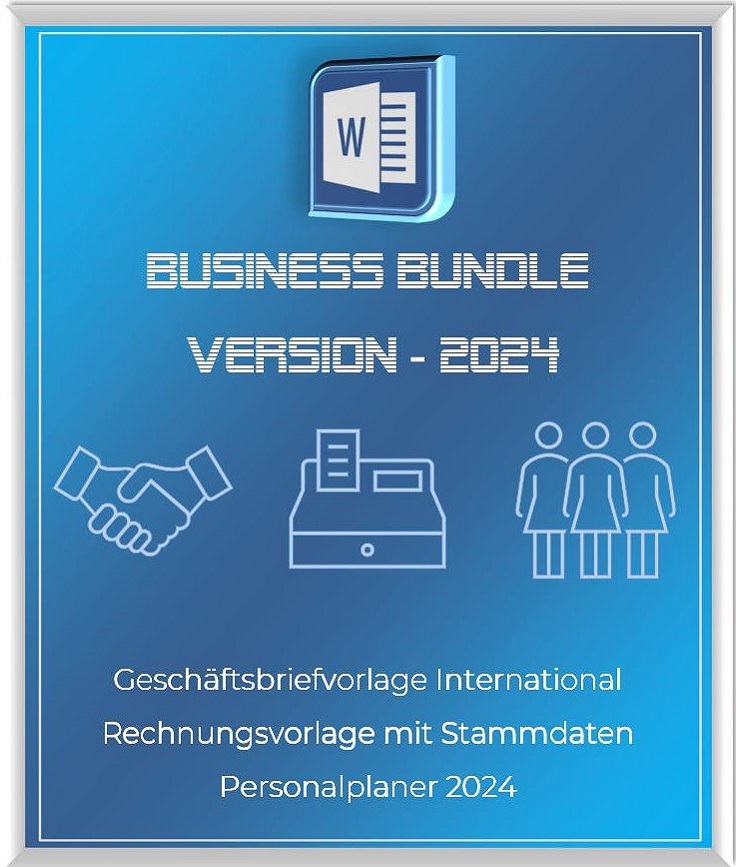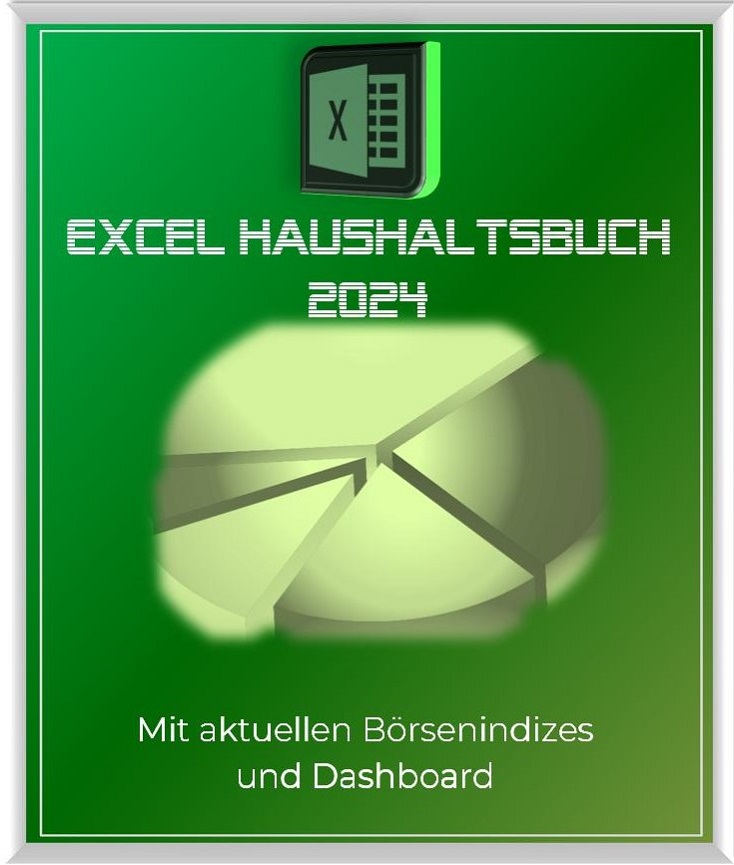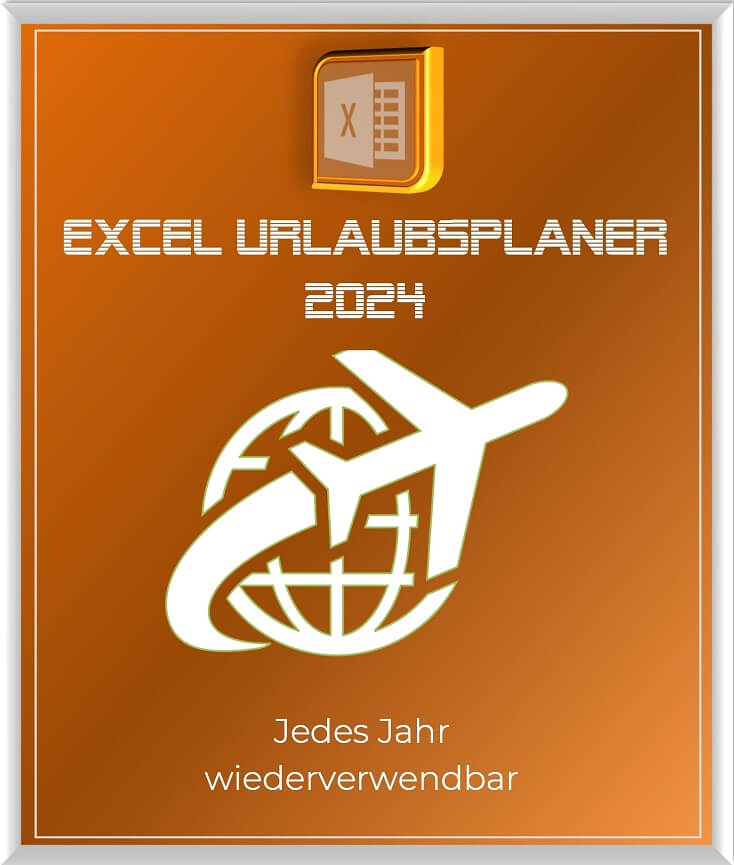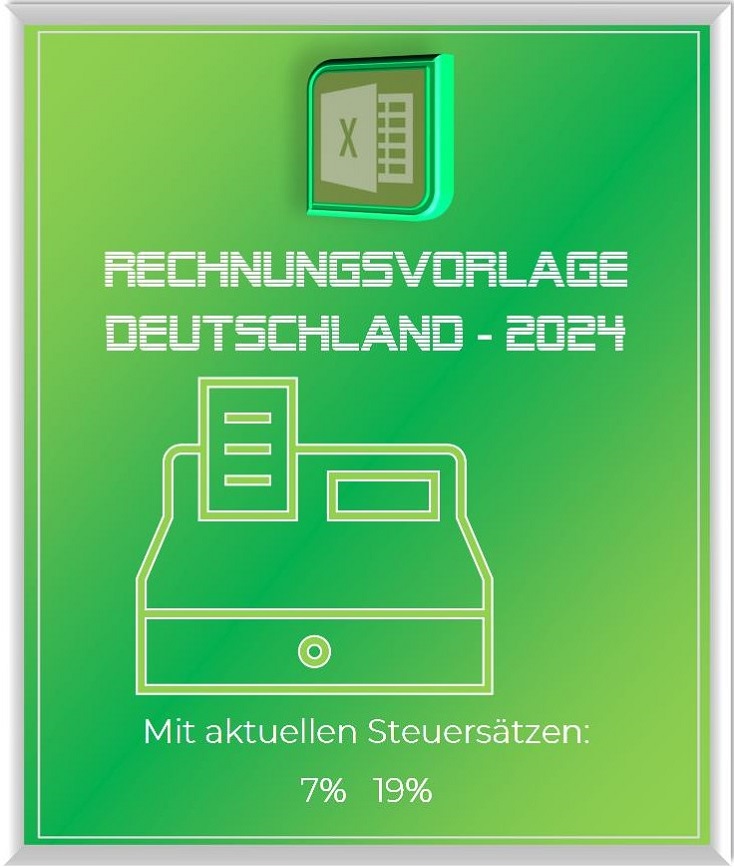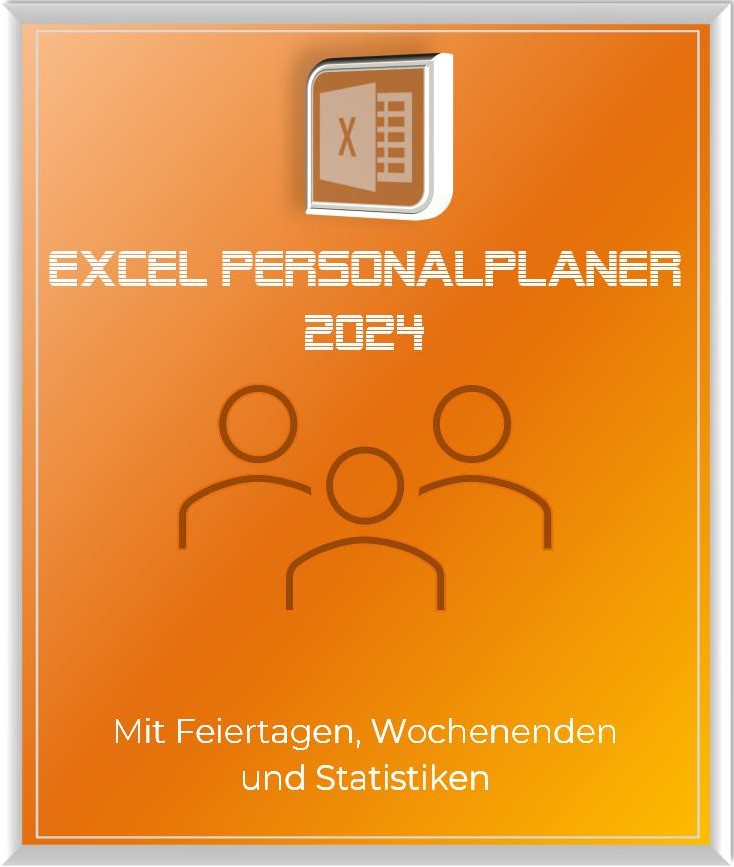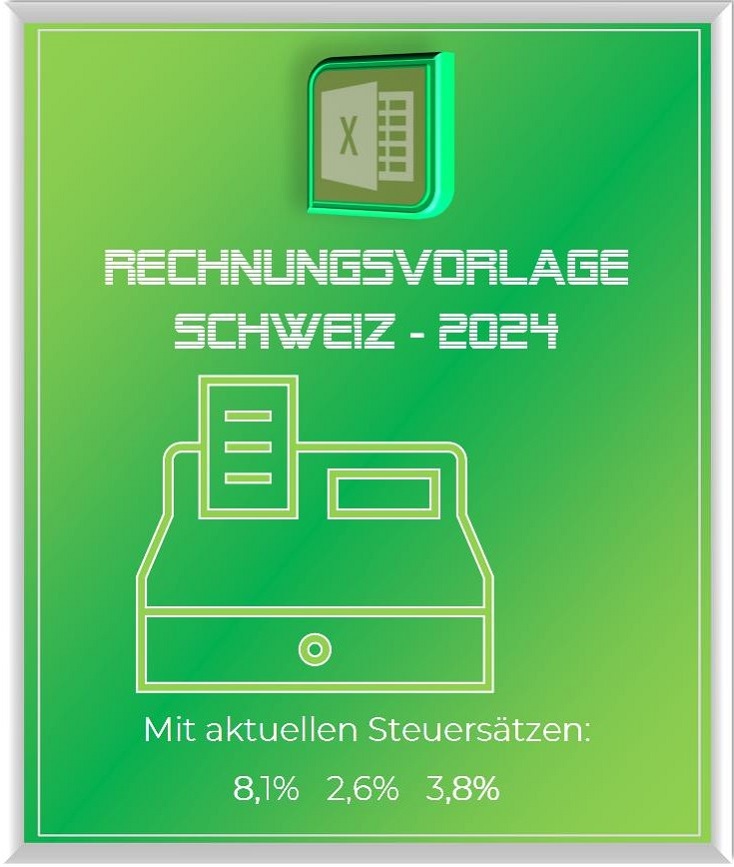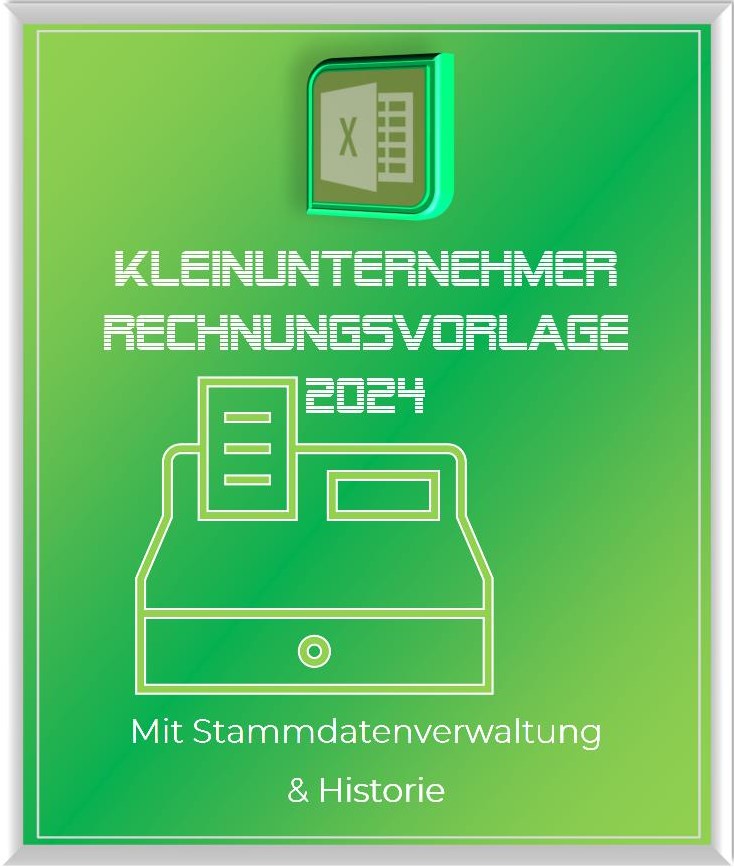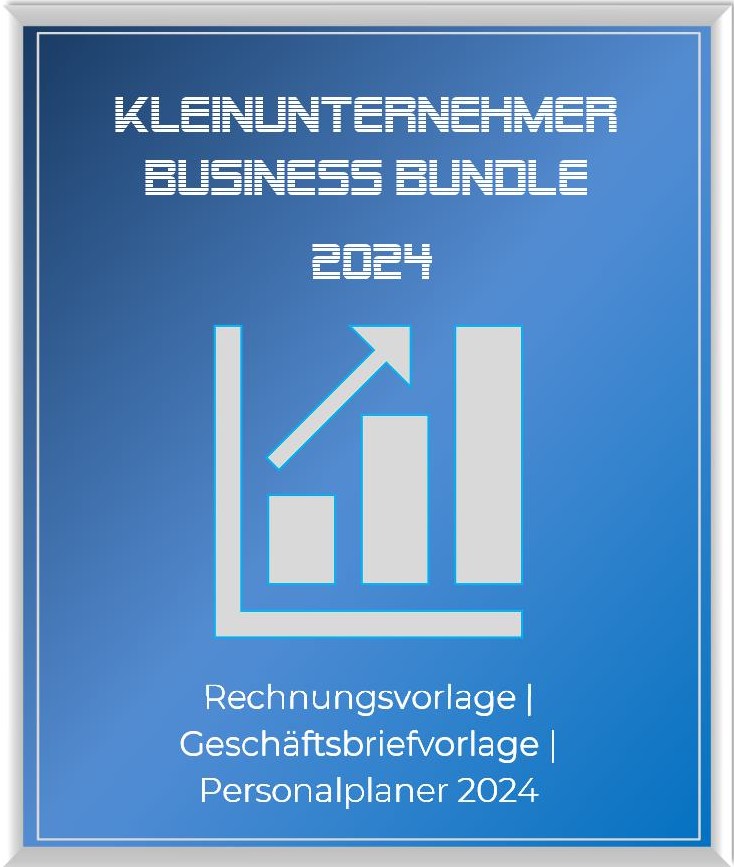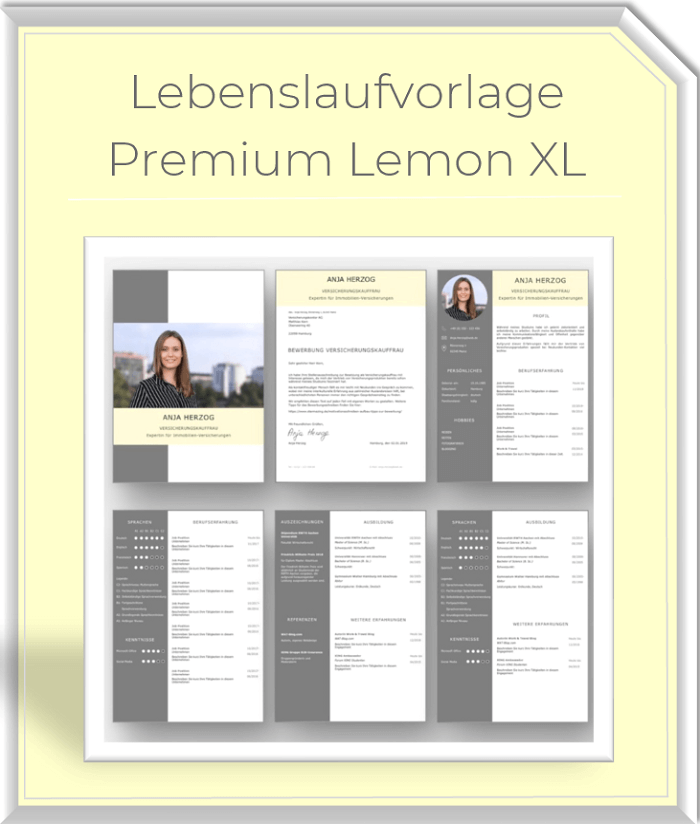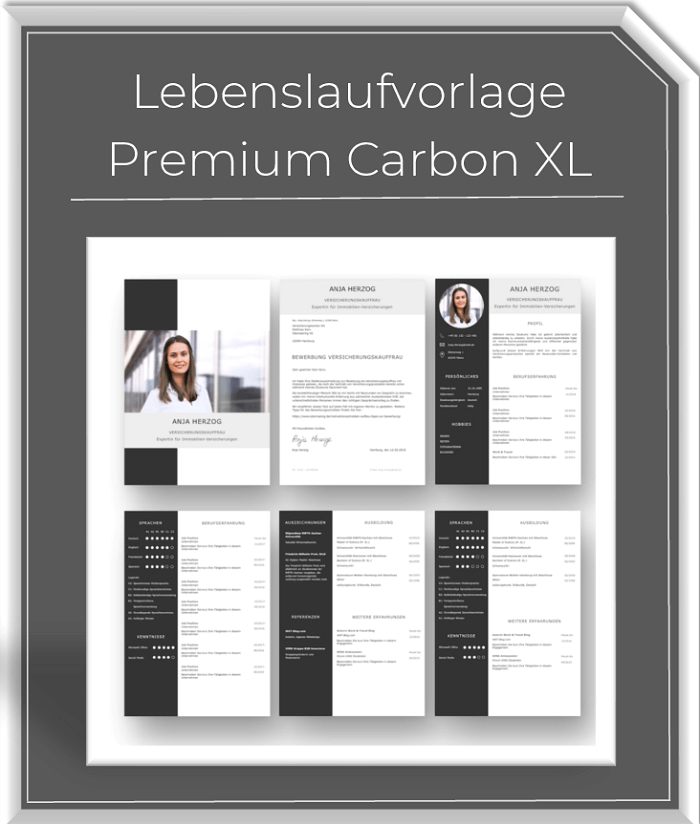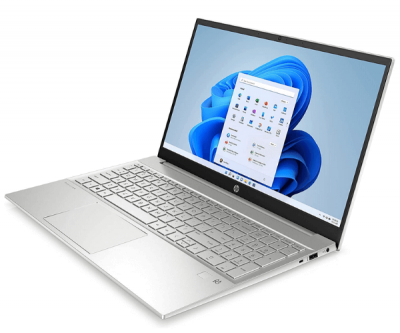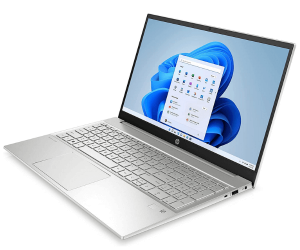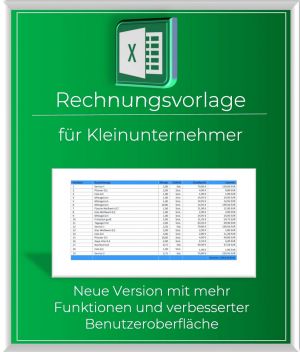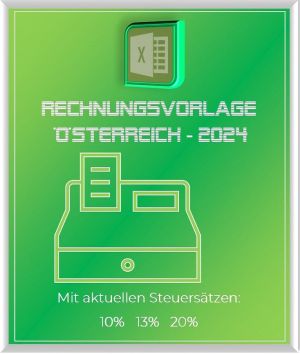Video hearings in court are to be expanded
The federal government plans to expand video hearings in court and thus relieve the judiciary. The experience gained in the judiciary during the corona pandemic is to be continued and expanded. To this end, the federal cabinet has passed a draft law to promote the use of video conferencing technology in civil and specialized jurisdiction. According to the draft, court chairmen should not only enable video hearings, but also be able to order them from those involved in the proceedings. Affected parties have the opportunity to lodge an objection within two weeks without giving reasons in order to ensure that nobody is forced to transmit images and sound against their will.
According to the proposed law, Section 128a of the Code of Civil Procedure (ZPO) is to be updated so that the court will usually order a video hearing if all the lawyers involved in the proceedings request it. If the court rejects this approach, it must justify it. In addition, the previous flat rate for expenses for the use of video conferencing technology in accordance with the court costs laws is to be abolished. The government also intends to expand the requirements for the taking of evidence. In the future it should be possible to carry out an inspection by video and to order the use of this technology by the court.

Video hearings in court are to be expanded
The federal government plans to expand video hearings in court and thus relieve the judiciary. The experience gained in the judiciary during the corona pandemic is to be continued and expanded. To this end, the federal cabinet has passed a draft law to promote the use of video conferencing technology in civil and specialized jurisdiction. According to the draft, court chairmen should not only enable video hearings, but also be able to order them from those involved in the proceedings. Affected parties have the opportunity to lodge an objection within two weeks without giving reasons in order to ensure that nobody is forced to transmit images and sound against their will.
According to the proposed law, Section 128a of the Code of Civil Procedure (ZPO) is to be updated so that the court will usually order a video hearing if all the lawyers involved in the proceedings request it. If the court rejects this approach, it must justify it. In addition, the previous flat rate for expenses for the use of video conferencing technology in accordance with the court costs laws is to be abolished. The government also intends to expand the requirements for the taking of evidence. In the future it should be possible to carry out an inspection by video and to order the use of this technology by the court.

How do video hearings work in court?
How do video hearings work in court?
Video hearings in court allow the parties involved to hold their hearings and negotiations via a video conferencing platform instead of being physically present in the courtroom. The judges, lawyers, witnesses and other parties involved in the proceedings can communicate with each other across their respective locations. How video negotiation works may vary by jurisdiction and the technical solutions used.
In general, however, the process involves the following steps:
It should be noted that the exact procedural rules for video hearings may differ from court to court. Compliance with applicable laws and procedural rules remains of great importance in video hearings in court to ensure fair and just trials.
Video hearings in court allow the parties involved to hold their hearings and negotiations via a video conferencing platform instead of being physically present in the courtroom. The judges, lawyers, witnesses and other parties involved in the proceedings can communicate with each other across their respective locations. How video negotiation works may vary by jurisdiction and the technical solutions used.
In general, however, the process involves the following steps:
It should be noted that the exact procedural rules for video hearings may differ from court to court. Compliance with applicable laws and procedural rules remains of great importance in video hearings in court to ensure fair and just trials.
Status of digitization in the justice system
Status of digitization in the justice system
The digitization of the justice system is an ongoing process aimed at making the courts more efficient and accessible to operate. As of today, May 2023, a lot of progress has been made, but there are still some challenges. Although most courts have at least one video conferencing system, technical problems still occur from time to time. For example, there are cases where cameras are positioned to capture either just the judges’ bench or just the litigants, but not both at the same time.
If one party participates via video while the other is physically present in the courtroom, there is a clear disadvantage. It is not possible to see what is happening on the screen at a glance, although it may be interesting to see the reactions of the opposing lawyers or the judge’s facial expressions.
The digitization of the justice system is an ongoing process aimed at making the courts more efficient and accessible to operate. As of today, May 2023, a lot of progress has been made, but there are still some challenges. Although most courts have at least one video conferencing system, technical problems still occur from time to time. For example, there are cases where cameras are positioned to capture either just the judges’ bench or just the litigants, but not both at the same time.
If one party participates via video while the other is physically present in the courtroom, there is a clear disadvantage. It is not possible to see what is happening on the screen at a glance, although it may be interesting to see the reactions of the opposing lawyers or the judge’s facial expressions.
Advantages of video negotiations
Advantages of video negotiations
The use of video hearings in court has several key benefits that are obvious and can contribute to increased efficiency, accessibility and flexibility in the justice system.
However, it is important to note that the implementation of video hearings must be carefully planned and executed to protect the rights of all parties and ensure the fairness and justice of the process. But with the right infrastructure and training, the increasing use of video hearings can be a valuable tool in making the German justice system more modern and efficient.
The use of video hearings in court has several key benefits that are obvious and can contribute to increased efficiency, accessibility and flexibility in the justice system.
However, it is important to note that the implementation of video hearings must be carefully planned and executed to protect the rights of all parties and ensure the fairness and justice of the process. But with the right infrastructure and training, the increasing use of video hearings can be a valuable tool in making the German justice system more modern and efficient.
Concerns about video negotiations
Concerns about video negotiations
While video negotiation can offer numerous benefits, there are of course legitimate concerns and challenges that need to be considered and balanced with the benefits (which, in my view, outweigh them):
It is crucial that these concerns are carefully weighed against the benefits to ensure that the use of video negotiation does not lead to unfair outcomes. This requires careful planning, regulation and training, as well as investment in technology and infrastructure. First and foremost, however, it is important that digitization progresses in the German judicial system. From my point of view, a more important step before prioritizing video hearings would be the mandatory implementation of digital files in the courts.
Because mountains of paper files, which of course cannot be searched for content as easily as a digital file, take up an enormous amount of time and cause the already overburdened judicial system to remain stuck in a backlog.
While video negotiation can offer numerous benefits, there are of course legitimate concerns and challenges that need to be considered and balanced with the benefits (which, in my view, outweigh them):
It is crucial that these concerns are carefully weighed against the benefits to ensure that the use of video negotiation does not lead to unfair outcomes. This requires careful planning, regulation and training, as well as investment in technology and infrastructure. First and foremost, however, it is important that digitization progresses in the German judicial system. From my point of view, a more important step before prioritizing video hearings would be the mandatory implementation of digital files in the courts.
Because mountains of paper files, which of course cannot be searched for content as easily as a digital file, take up an enormous amount of time and cause the already overburdened judicial system to remain stuck in a backlog.
Popular Posts:
With the webcam to your dream job: Preparation for the video job interview!
Streamline your video interview with our tips on technique, setting, dress, body language and preparation. It's not quite success from the sofa, but this is where you can prove your professionalism.
IT security: The deceptive appearance of digital security
In a digitized world, IT security is an important factor. But technology alone is not enough. A holistic strategy is needed that also takes into account the human component.
Import Stock Quotes into Excel – Tutorial
Importing stock quotes into Excel is not that difficult. And you can do a lot with it. We show you how to do it directly without Office 365.
Create Excel Budget Book – with Statistics – Tutorial
Create your own Excel budget book with a graphical dashboard, statistics, trends and data cut-off. A lot is possible with pivot tables and pivot charts.
Excel random number generator – With Analysis function
You can create random numbers in Excel using a function. But there are more possibilities with the analysis function in Excel.
Excel Database with Input Form and Search Function
So erstellen Sie eine Datenbank mit Eingabemaske und Suchfunktion OHNE VBA KENNTNISSE in Excel ganz einfach. Durch eine gut versteckte Funktion in Excel geht es recht einfach.
Popular Posts:
With the webcam to your dream job: Preparation for the video job interview!
Streamline your video interview with our tips on technique, setting, dress, body language and preparation. It's not quite success from the sofa, but this is where you can prove your professionalism.
IT security: The deceptive appearance of digital security
In a digitized world, IT security is an important factor. But technology alone is not enough. A holistic strategy is needed that also takes into account the human component.
Import Stock Quotes into Excel – Tutorial
Importing stock quotes into Excel is not that difficult. And you can do a lot with it. We show you how to do it directly without Office 365.
Create Excel Budget Book – with Statistics – Tutorial
Create your own Excel budget book with a graphical dashboard, statistics, trends and data cut-off. A lot is possible with pivot tables and pivot charts.
Excel random number generator – With Analysis function
You can create random numbers in Excel using a function. But there are more possibilities with the analysis function in Excel.
Excel Database with Input Form and Search Function
So erstellen Sie eine Datenbank mit Eingabemaske und Suchfunktion OHNE VBA KENNTNISSE in Excel ganz einfach. Durch eine gut versteckte Funktion in Excel geht es recht einfach.








